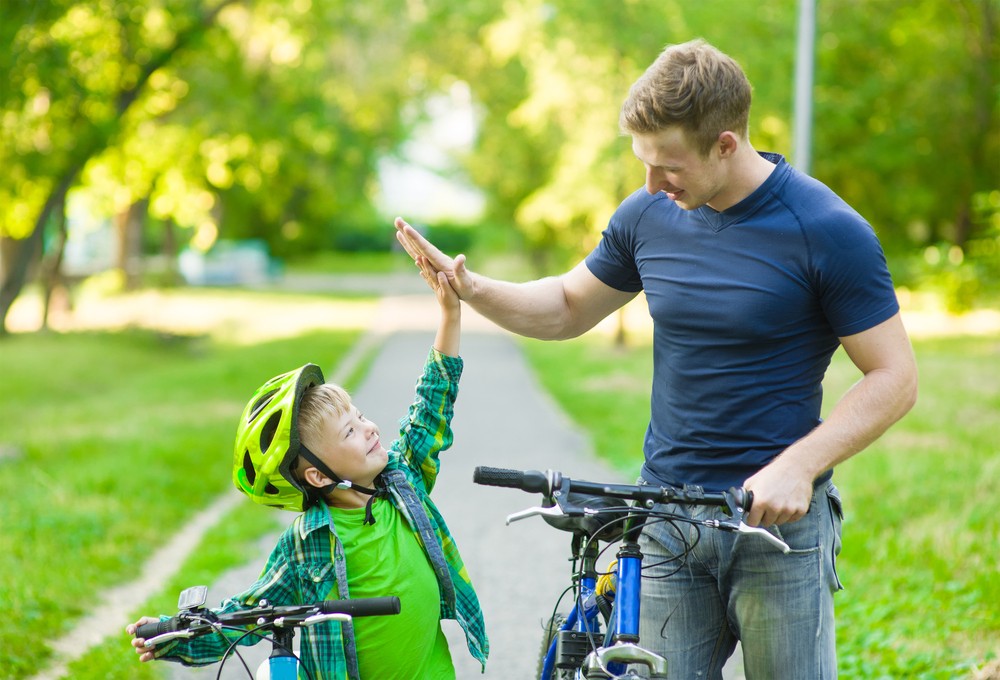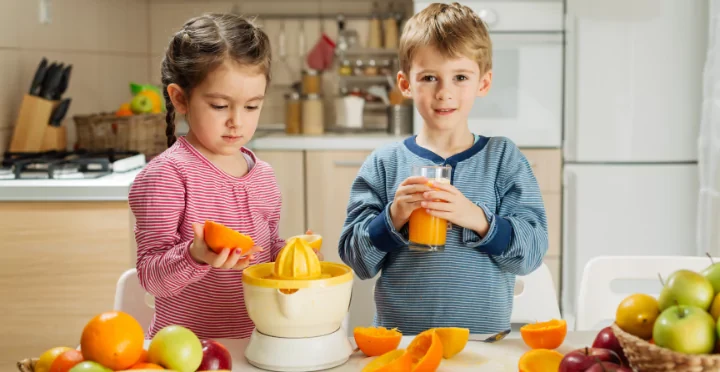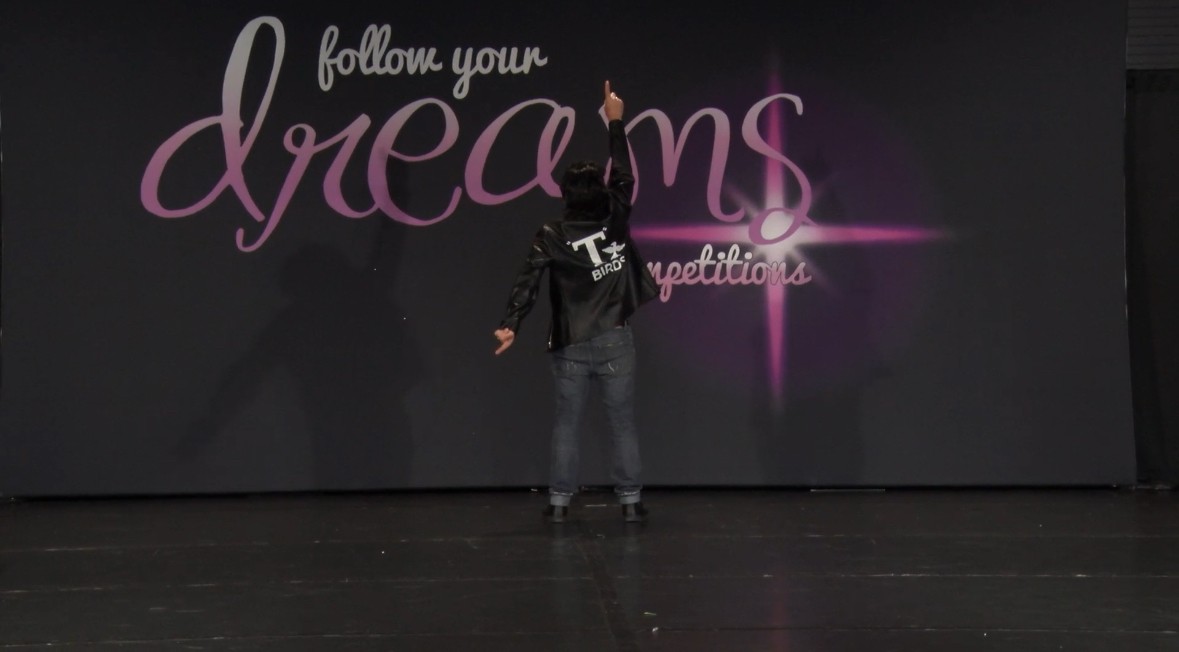Learning to Listen One of the things I’ve learned over 25+ years in practice is this: your body is always talking to you. The challenge is,
most of us were never taught how to listen.
Think about it — little signs like bloating after a meal, waking up tired even after 8 hours of sleep, or that recurring tension in your
shoulders aren’t random annoyances. They’re your body’s way of saying, “Hey, pay attention to me.”
The truth is, your body rarely goes from perfect health to a full-blown illness overnight. Instead, it whispers first. If we ignore those
whispers, they eventually turn into shouts. The good news? When you learn to understand your body’s language, you can catch things early,
support your health naturally, and prevent bigger problems down the track.
Let’s look at some of the key ways your body speaks to you.
🍎 Gut Feelings – What Your Digestion is Telling You
Your digestive system is often the first place body wisdom shows up. Bloating after a “healthy” salad, reflux after dinner, constipation, or
sugar cravings — none of these are random.
These can be signs of:
Low stomach acid (food fermenting instead of digesting).
Gut bacteria imbalances (too much of the wrong bugs in the wrong place).
Mineral deficiencies slowing down digestion.
Simple ways to support your gut include:
Chew your food well (your stomach isn’t a blender).
Try lemon water or apple cider vinegar before meals.
Choose whole, unprocessed foods whenever possible.
👁️ The Eyes as Windows – Iridology Insights
- Your eyes aren’t just for seeing — they’re maps of your inner world. Iridology teaches us that fibre density, pupil border shape, and
subtle colour nuances can reflect inherited strengths and areas needing support.
For example:
A strong, well-defined pupil border often reflects resilience in the nervous system.
Yellow pigmentation in your sclera (white part of the eye) can indicate liver stress.
Tiny flowers (lacunae) or shading can show the areas where the body is asking for nurturing.
Every eye tells a story — and learning to read those stories helps us support the whole person, not just their symptoms.
🌸 Skin Signs – Your Outer Reflection
Your skin is your largest organ, and it often mirrors what’s happening inside. Acne, dryness, rashes, or premature ageing aren’t just
surface issues. They can signal that detox pathways are under pressure, hormones are shifting, or digestion needs support.
When skin speaks, it’s worth looking deeper. Hydration, a diet rich in minerals and antioxidants, gentle detox practices, and reducing toxin
exposure can make a world of difference.
💆 Stress Signals – Listening to the Nervous System
That tight chest, racing mind, or restless sleep are all ways your nervous system asks for help. Modern life keeps many of us stuck in
“fight or flight,” which takes a toll over time.
Some of the most common stress signs include:
Anxiety or overwhelm.
Poor sleep patterns.
Tension headaches or jaw clenching.
Irregular heartbeat or digestive changes.
Supporting your nervous system doesn’t have to be complicated: magnesium, deep breathing, Bowen Therapy, and intentional rest can all bring
you back into balance.
🌿 Putting It All Together – A Life of Body Wisdom
The more you listen, the less your body has to shout. Your gut, your eyes, your skin, and your nervous system are constantly offering clues.
By tuning in early, you can support balance before things spiral into bigger health concerns.
I like to think of body wisdom as connecting the dots. Instead of treating symptoms as annoyances, we see them as feedback — and with the
right support, your body has an incredible capacity to heal.
💡 A Reflection for You
Pause for a moment and ask yourself:
👉 What’s one sign your body has been giving you lately?
👉 Have you been listening — or pushing through?
Your body is a storyteller. The more curious you become about its language, the more empowered you are to create lasting wellness.
Read More…
_800x304a.png)













